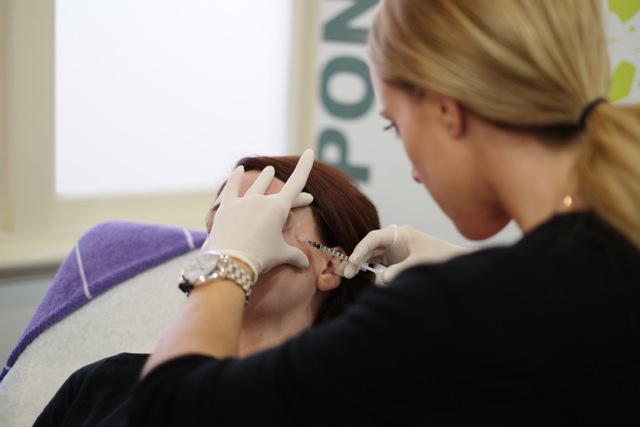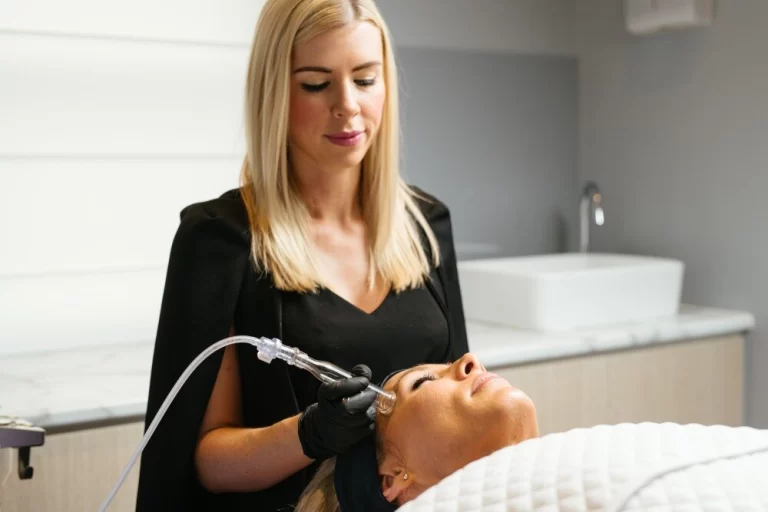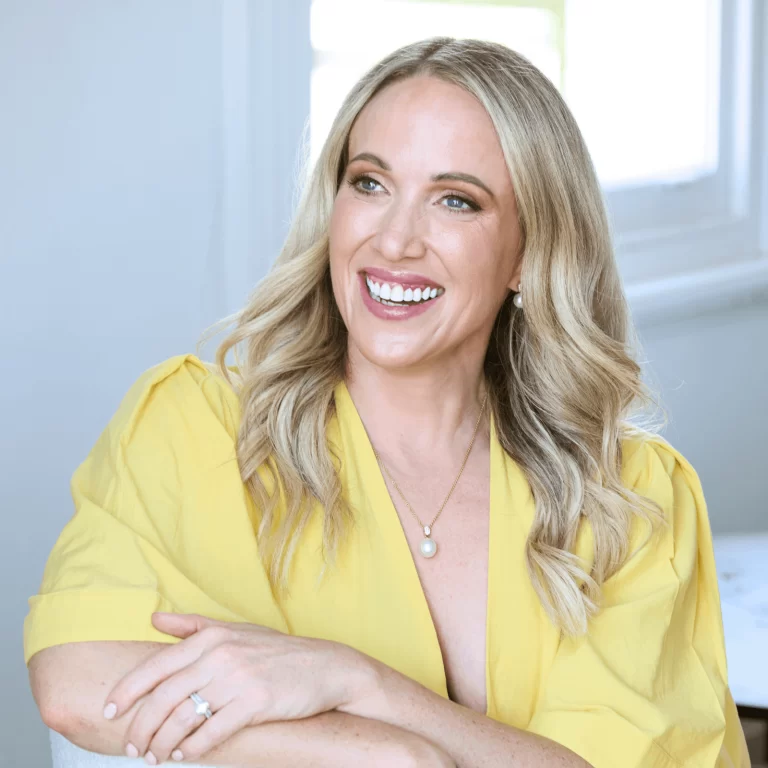Product Vs Practitioner – What is more important?

Dermal fillers are the cornerstones of aesthetic medicine. They are becoming one of the most popular cosmetic treatments in Australia.
Gone are the days of injectable silicon and collagen and their associated complications. Today’s dermal fillers and volumising filers such as hyaluronic acid, poly L lactic acid, CHHA and so on are more predicable and long lasting results.
Today I will focus on hyaluronic acid fillers as they are the most popular product and the dermal fillers the public associates with facial rejuvenation, volume restoration, contouring and lip enhancement. Due to strict Australian Laws I will not be using brand names.
Although dermal fillers are an essential tool in the aesthetic toolbox they are not all created equal and results are certainly practitioner dependent. I write the following from first hand experience, my own skill as an injector, from discussions with renowned surgeons and physicians, and from my attendance and participation at meetings and conferences.
“Results from dermal filler treatments are due to different products and different practitioners “
PRODUCTS
Results may depend of the characteristics of dermal fillers and the choice of product used. Dermal fillers vary in the following ways:
Hydrophilic – the fillers ability to attract water
This is a characteristic of all hyaluronic acid fillers however they are not all created equal. Fillers which attract more water ie more hydrophilic can cause more swelling and are not recommended for the under eye area for example. Those that attract more water are better suited for hydration (eg lips) and those that don’t are more often used for structural support in the face (eg cheeks).
Firmness
Products range from very firm (high G prime) and able to withstand external forces to very soft and malleable.
Cross Linking and technology
Each range and brand of filler is produced in a different way have differing degrees of cross linking (which is how the filler is held together). The most common and popular dermal fillers are produced using VYCROSS, NASHA and OBT technologies for example (this is another topic and also very nerdy and a bit boring). A good cosmetic physician should have a thorough knowledge of the properties of each the fillers they inject.
Particle Size
Fillers also come with varying particle sizes which can contribute to their volumising effect. For example larger particles are injected deep into the skin to add volume and structure whereas smaller particles are used superficially to blend and hydrate superficial defects
PRACTITIONER
Despite all of these variables it comes down to the doctor performing the treatment as to what the end result will be.
Many clinics will claim to only use ‘premium’ fillers for example. Each filler used in Australia has undergone strict analysis by the TGA and the majority of clinics use very similar products (we only have a few full ranges of filler in Australia so our choice is quite limited).
Yes some fillers may be better in regards to longevity and ease of use (and also more expensive) BUT a practitioner with a high quality product can still botch your Lips. In addition the INCORRECT choice of a product to treat a certain area will lead to unsatisfactory results. It’s not always the fillers fault. Trust me I see this every day!
“The doctor doing the procedure is 90% responsible for the results (I made that figure up) “
Below are a few factors that you should take into account when choosing your doctor, and reasons why the costs of these treatments may be variable.
Price
You are NOT just paying for a product you are paying for time, expertise, understanding, medical care and follow up. Not to mention the costs associated with a treatment such as consumables (a good cannula can cost $20-30), clinic overheads, wages and enormous medical insurance costs. I should probably add the years and costs of training your doctor has done to get to this stage in their career – I am at year 12 and still only a baby in the industry.
Consultation
The ability of your doctor to perform a thorough consultation, to listen to your concerns and to understand your expectations.
Skill
The technical skill and ability of your doctor. We are not all created equal, this is why some doctors become psychiatrists and others neurosurgeons. Aesthetic medicine is an art and just because a doctor can inject and prescribe does not mean they have the right eye for aesthetics (generally these doctors will not be doing these treatments anyway but there are a few).
Injection technique
The quantity and correct placement of product. A good injector will know their anatomy and know the precise places to inject the dermal filler for an optimal result. It comes down to the perfect product selection for the correct indication injected in the correct area at the correct depth to give the best results. Tongue twister! Confused? It is not as simple as it seems 🙂
So please, when deciding on a cosmetic clinic or doctor do your research and have a consultation before proceeding with dermal fillers Ask questions and just because a clinic claims to ‘only use the best products’ and at the highest cost that does not necessarily mean you will get the best results. In addition we already know that chasing cheap specials and bargaining will often get you a poor result anyway – see my article here.
As always I hope I have informed and educated a little bit. I am always available for questions and comments and of course consultations .
Dr Kate x



